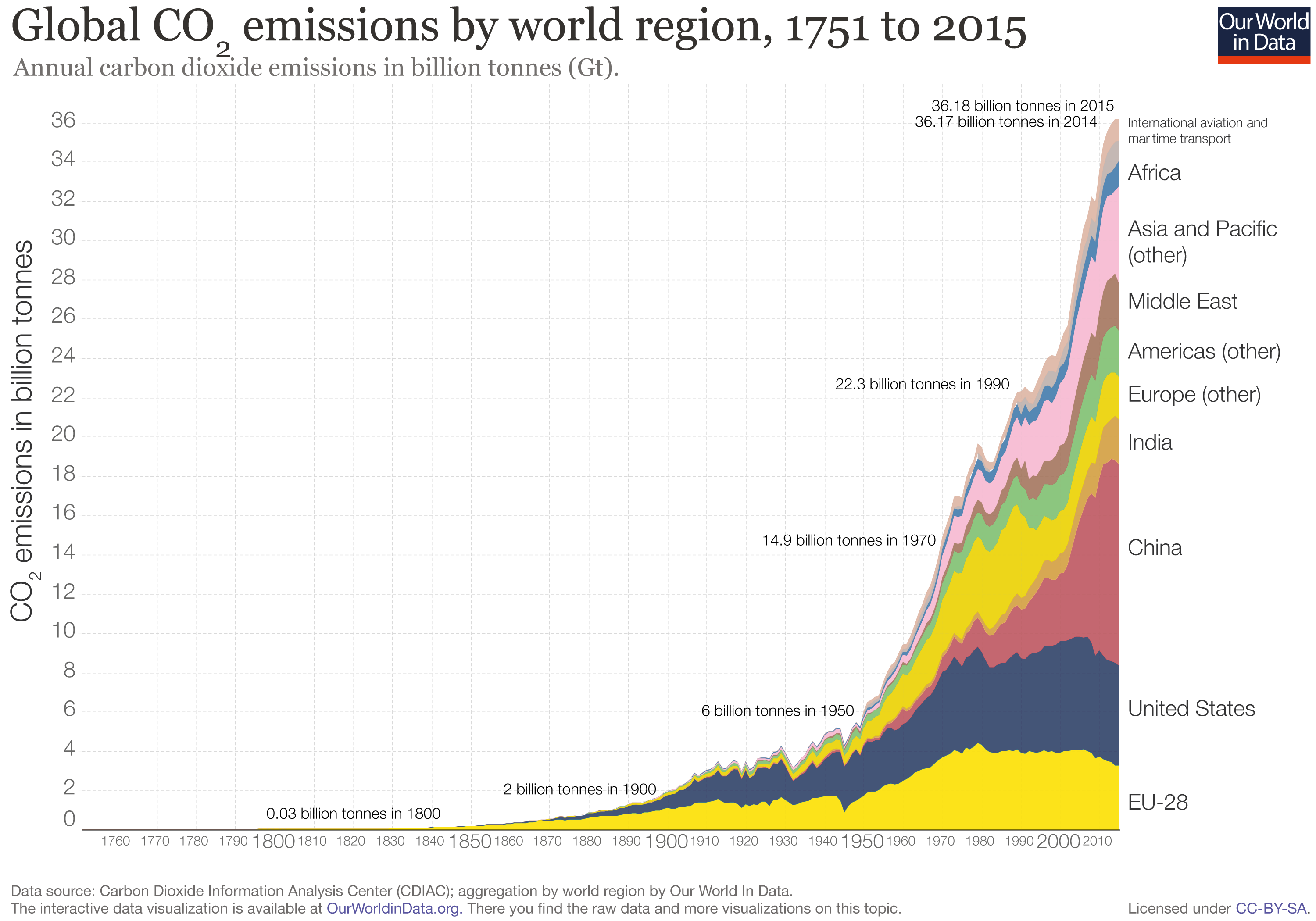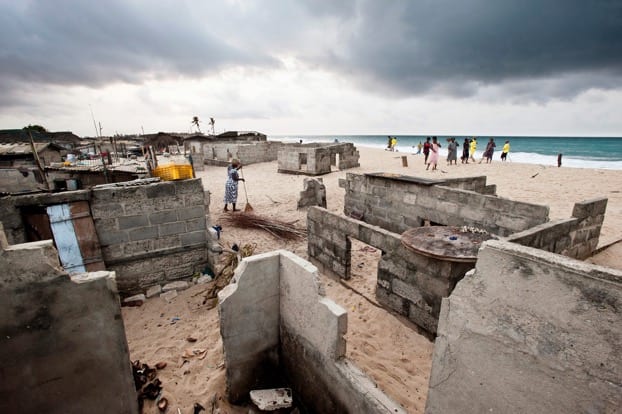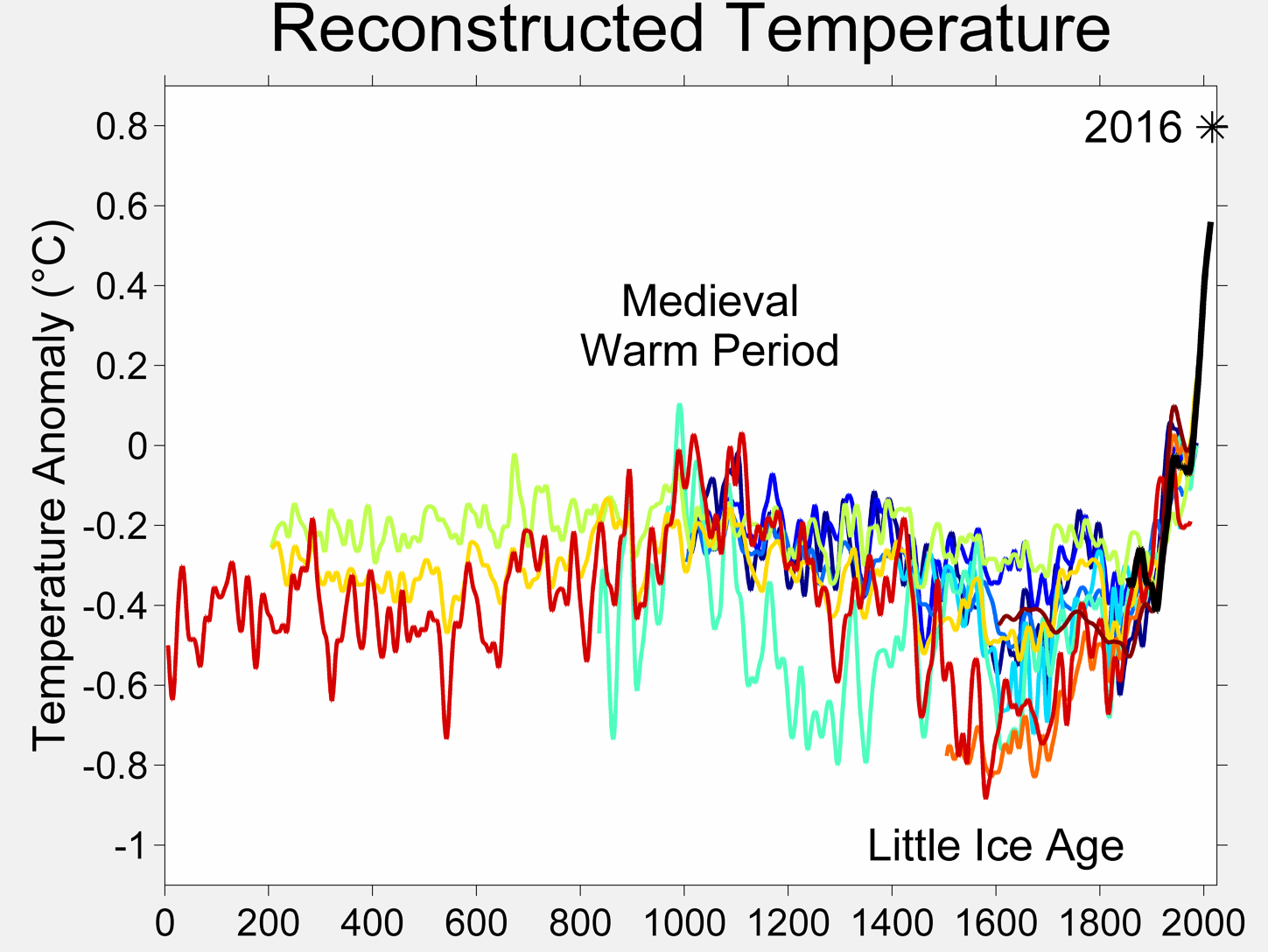Climate Change and Sustainable Development
Greta Thunberg (a young Swedish climate activist who first ‘striked’ outside her school) and the Friday’s for Future movement that has since developed, has certainly drawn the climate crisis into the forefront of public attention across the world. This is Greta speaking at Davos:
This week’s post aims to just offer a brief (and very much surface-level) introduction into considering the links between climate change, environmental issues more broadly, and development. Climate change is not just an ‘environmental’ issue but a phenomenon which is already affecting the life of humans (and animals) globally. It is often the poorest people in the world who are already experiencing the devastating impact of climate change. The ‘developed’ world is responsible for a huge proportion of global emissions historically and the most poor communities in the world are disproportionately affected, not only because of their location but due to their lack of resources and support-system to take on measures to protect them against climate changes. Part of the issue is that it has been historically ‘been managed as if it were largely de-linked from its social and environmental contexts.’ (Tanner and Horn-Phathanothai, 2014)
In 2016, the World Bank stated:
‘The poor live in uncertainty, just one natural disaster away from losing everything they have. We need good, climate-informed development to reduce the impacts of climate change on the poor. This means, in part, providing poor people with social safety nets and universal health care. These efforts will need to be coupled with targeted climate resilience measures, such as the introduction of heat resistant crops and disaster preparedness systems… without this type of development, climate change could force more than 100 million people into extreme poverty by 2030.’ (World Bank (2016) Shock Waves: Managing the Impacts of Climate Change on Poverty).
Whilst there are disagreements within the field of climate change, the scientific evidence for human-induced climate change is resounding. A 2013 research study by John Cook and others, which was built upon 4000+ academic papers over 20 years, concluded that 97.1% of climate change is anthropocentric – caused by humans. They concluded: ‘our findings prove that there is a strong scientific agreement about the cause of climate change, despite public perceptions to the contrary.’ Increases in greenhouse gas emissions are mainly the result of fossil fuel combustion, energy processes in the energy industry, and transport.
‘Climate change is real. There will always be uncertainty in understanding a system as complex as the world’s climate. However, there is now strong evidence that significant global warming is occurring. The evidence comes from direct measurements of rising surface air temperatures and subsurface ocean temperatures and from phenomena such as increases in average global sea levels, retreating glaciers, and changes to many physical and biological systems. It is likely that most of the warming in recent decades can be attributed to human activities.’ (International Science Academies: Joint Statement 2005)
This graph shows the quick rise in temperature anomalies in recent years:
This graph shows the distribution of greenhouse gases by sector:

This graph depicts the global CO2 emissions by area (do look at this closely). It’s noticeable that energy generation is the highest contributor to green house gas emissions, and continues to increase in its emissions. Why do you think this is?
As an example, EduSpots invests in solar power to ensure that free and consistent electricity is provided to communities and that we use a sustainable energy source. Solar power is expensive, however, requiring an initial invest of roughly £1000 (6000 cedis) per ‘spot’, the batteries do need replacing every 6 years, and we are continuing to work on training volunteers in local communities to use the equipment, and respond to any difficulties.

The main areas that are of specific concern in relation to the impact of climate change on human development are: agricultural production and food security, water stress and scarcity, health risks, gender power, migration and economic impact. Some specific ways in which climate change is making an impact today (from 80/20 Development in an Unequal World):
- The World Health Organisation predicts 250,000 additional deaths per year globally from 2030, with 38,000 due to heat exposure in elderly people, 48,000 due to diarrhoea, 60,000 due to malaria and 95,000 due to childhood under-nutirion. Climate change has also been linked to increased epidemics (e.g. to dengue fever and malaria).
- In 2015 the Human Development Report indicated that in some countries drought could halve the yields from rained agriculture by 2020, with 250 million exposed to greater water stress in Africa.
- The 2015 UN review suggested that ‘high sea levels and swells have already resulted in the displacement of people in a number of small island developing states including Kiribati, Solomon Islands and the Marshall Islands.’
- Moonsoons displaced 14 million people in India and 3 million in China (with the second highest death till since records began).
- Almost 1/5th of the world live in areas where water is scarce; climate change is increasing this vulnerability.
This video offers three stories from Africa of how climate change is affecting individuals and communities:
This Guardian article gives some powerful photos of village on the Ghanaian coastline swept away by the sea:
The world’s poorest are ultimately more vulnerable to changes to climate. A 2015 report, From Decisions to Actions by The UN Conference of Trade and Development summarised the challenge: ‘ One of the great injustices in our world is that those that are more often the most vulnerable… as such they tend to carry the brunt of the cost of economic, social and environmental versus. For some crises, as in the case of climate change, this may even boil down to a question of life or death.’
The Sustainable Developing Goals replaced the Millennium Development Goals in 2015, placing a particular focus on sustainable development, with environmental concern and considering being shaped as existing within each part the world’s development rather than being seen as a separate issue. In addition to this embedded nature of environmental concern and sustainable policy, several of the specific goals direct address environmental issues: for example, goal 7 is ‘renewable energy’, and goal 13 is ‘climate action’. Take a watch of this brief video:
It is clear that this area provokes and important debate about equity and justice, as those who are contributing the least to climate change will feel the effects most strongly, and have also benefited the list from the development that has taken place. It is also clear that not all countries have the financial means to move towards a low carbon sustainable economy, transitioning to the use of renewable energy sources.
The United Nations Framework on Convention on Climate Change (UNFCCC) was created in 1994, and recognised the differing responsibilities of countries required to take action in reducing emissions. The Kyoto Protocol (1997) gave specific emission reduction commissions to different countries; however the USA failed to ratify it due to their concern that it would have a negative impact on their economic growth, and many questioned the lack of commitment required from all countries. Following this the UNFCC signed a a new agreement in Paris in December 2015 which 195 nations agreed to take action but with ‘differentiated responsibilities and respective capabilities, in the light of different national circumstances’. However, many countries still respond to climate change as necessarily holding a negative impact on its development, rather than recognising the economic opportunities that might arise from investing in sustainability energy sources and other methods of adaptation at this point.
For more on the Paris Agreement see here:
http://unfccc.int/paris_agreement/items/9485.php
Trump’s recently confirming US withdrawal from the Paris agreement:
So what can be done?
Many believe that urgent adjustments to ways of living are necessary in order to move on from the Paris Agreement to reduce global GHG emissions.Here are some suggested paths forward for countries:
-
We need to move towards low carbon economies.
Many countries around the world are designing and implementing low emission development strategies (LEDS) that aim to achieve social, economic and environmental development goals while reducing long-term greenhouse gas emissions and increasing resilience to climate change impacts.
2. We need to not only use renewable sources, but consider what we use the energy for.
‘What would we do we 100% clean energy? Exactly what are we doing with fossil fuels: raze more forests, built more meat farms, expand industrial agriculture, produce more cement, and fill more landfill sites, all of which will pump deadly amounts of greenhouse gases into the air. We will do these things because our economic system demands endless compound growth, and for some reason we have not thought to question this.’
3. We need to change our capitalist economic system
Naomi Klein argues that UNFCC summit ‘started to seem less like a forum for serious negotiation than a very costly and high-carbon group therapy session’ where poor nations outlined the impact of climate change and richer countries ‘stared sat their shoes’. She argues that we need a corporate led ‘green-washing’ of private and public organisations, arguing that ‘the bottom line is that our economic system and our planetary system are now at war…. only one of these sets of rules can be changes, and it’s not the laws of nature.’
What can we do as individuals or organisations?
 This list from the UN provides al starting point for changes or actions that can begin from your coach, home, community, or workplace (see below).
This list from the UN provides al starting point for changes or actions that can begin from your coach, home, community, or workplace (see below).
I personally believe that education plays a vital role in habituating people towards new norms – however, the pace of change that is needed clearly needs also government-level strategy that engages corporations into new ways of thinking. We certainly need to address that ‘sigh’ which accompanies people talking about the environment, and call people out when they declare that they are not interested in the environment – this, it seems to me, is just as an outrageous statement as declaring a lack of interest in human rights or discrimination; even if we are unsure of how to address the issue, it is clear that it does matter to the future of the planet.
TASK: Write a post explaining why many individual citizens view climate change as a fiction, or at least as an unimportant reality? How should we respond individually, and as a society?
Reading Suggestions
Tanner and Horn-Phathonathi (2014) Climate Change and Development
Shiva (2005) Earth Democracy: Justice, Sustainability, and Pace
Wayne Ellwood (2014) The No-Nonsense Guide to Degrowth and Sustainability
www.carbonbrief.org
www.guardian.co.uk/global-development
www.climasphere.org

 >
>
